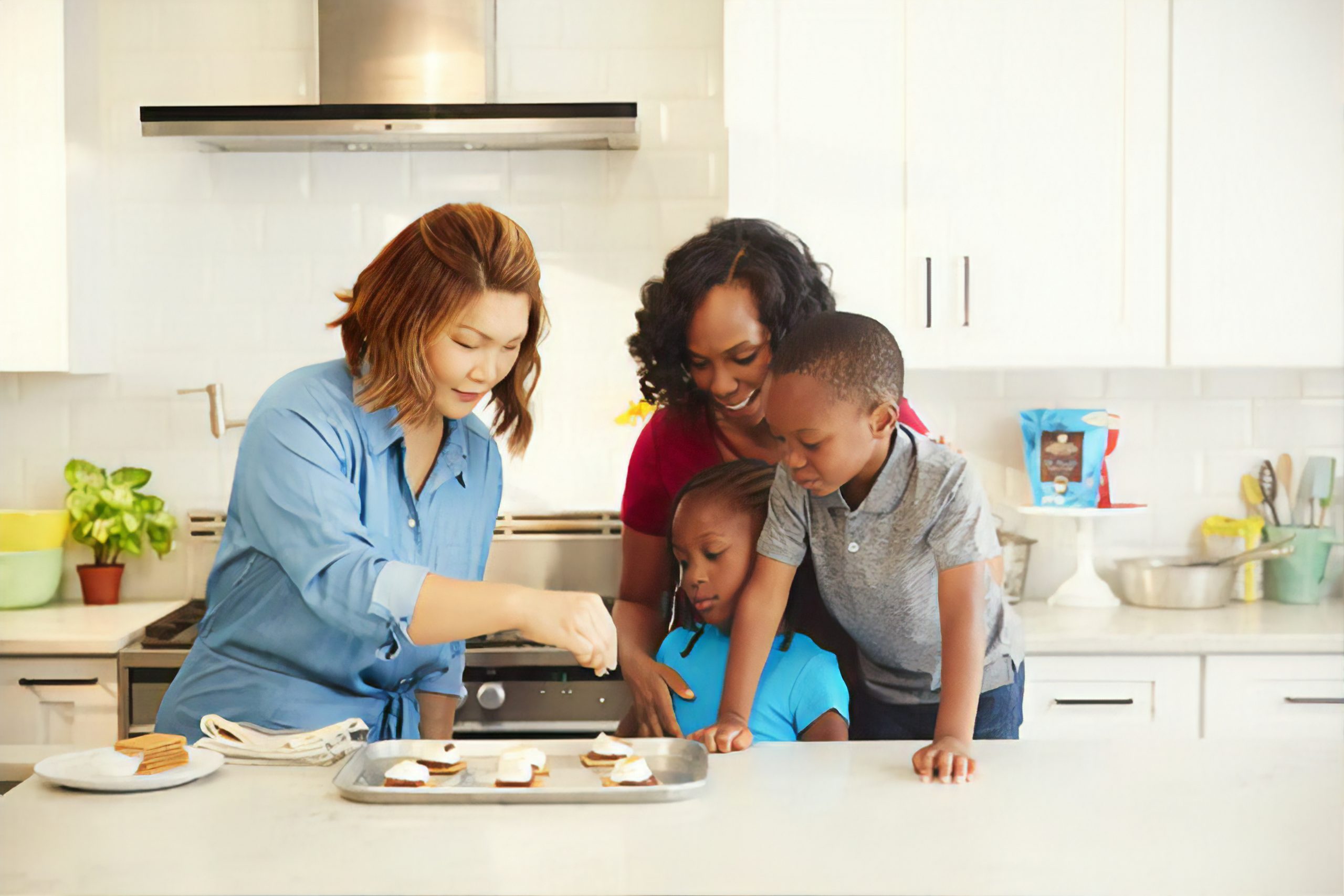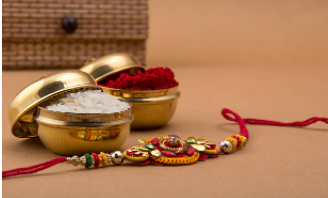
The Indian culinary legacy is HUGE. And believe it or not, the nation’s never-ending history of trade with other countries, invasions, and colonial rule, geographical massiveness has ultimately influenced the varying cooking techniques and the choice of grains. India is home to different types of bread, be it leavened or unleavened, and are eaten with simple dishes like dal, dry sabzis, and various kinds of Indian curries, both vegetarian and non-vegetarian.
Don’t let the simplicity of these Indian flatbreads deceive you. It takes practice to get the texture and flavour right. It’s no easy task, but it’s definitely not rocket science.
There are several theories about the origin of these flatbreads or rotis in India. One such idea is that the earliest roti originated in the former state of Awadh. During the medieval era, roti was once a top favourite of the royals. Another theory suggests that the round flatbreads resemble the rotis in ancient religious texts. During the colonial period, the phulka style of rotis gained immense popularity among those in the British army.
These rich legacies are the reason we have such an assortment of flatbreads in India. Today, I will talk about my experience baking three of our country’s flatbreads from scratch.
Bakharkhani

I tasted this amazing bread while I was on vacation in Delhi. Bakharkhani has a nice flaky texture to it, almost like a puff pastry. These flatbreads came to the Indian subcontinent with the traders and invaders from Persia, Turkey, and Iraq in the eighteenth century. The name bakharkhani came from a tragic love triangle involving an army general named Agha Bakar, a dancer Khani Begum, and Zaynul Khan, the city’s kotwal and a son of an influential wazir. Fascinating, isn’t it?
You can find bakharkhani rotis in places where the Mughals have made a deep influence on the history, food, and culture, such as in Delhi, Lucknow, Hyderabad, and Kashmir. This flatbread differs in each state and can vary between sweet or savoury, leavened or unleavened, and soft or crisp. It is best served with tea or a nice curry or korma.
Without further ado, let me tell you how I made my version of bakharkhani roti.
Ingredients:
- All-purpose flour - 1 cup
- Ghee – 1.5 tablespoon
- Salt to taste
- Extra oil/ghee and flour for layering
Method:
- Make a dough with flour, ghee, salt, and water.
- Knead well to make a soft and stretchy dough and cover it with a wet cloth for around 30 minutes.
- Apply some oil all over the dough and let it rest again for about 10 minutes.
- Roll the dough, as thin as you possibly can, till it becomes almost transparent.
- Now comes the best part, the layering. Apply some ghee or oil over the flattened dough and then sprinkle some flour. Fold the dough multiple times by smearing oil and flour in each layer till you get many layers. Rest it for around 2.5 hrs or more.
- Make balls of equal sizes and roll (or flatten with hand) into naan like shapes, up to about ½ inch thick.
- Poke a few holes on the rolled-out dough with a knife or fork and give it an egg wash.
- Sprinkle poppy seeds.
- Bake it in a preheated oven at 200 °C for about 15-20 minutes or till it gets light brown.
Khoba Roti

I was introduced to this particular roti by a Marwari friend of mine. The khoba roti is one of the prettiest Indian flatbreads. But it’s not as hard as it looks. The word “khoba” is a Marwari word that means depression or cavity. This roti is also known as rot, jaadi roti, or mota roti. The khoba roti is a fantastic accompaniment for various vegetable sabzis and curries. It is an excellent snack to carry while you are travelling.
As the name suggests, it is a thick flatbread with various cavities made manually by pinching the roti with one’s thumb. The khoba Roti is made of wheat flour, salt, and loads of ghee. It can be baked or cooked on a stovetop until crisp. I tried both methods and found that I preferred baking.
Ingredients:
- Wheat flour/ multigrain flour - 2 cups
- Melted ghee - 2 tablespoons
- Salt to taste
- Water to knead a stiff dough
Method:
- Sift the flour in a big bowl and add salt to the flour. Mix well.
- Add melted ghee and rub it with the flour in the same way you would do to make a shortcrust pastry.
- Add water a little at a time and knead till you get a stiff dough.
- After kneading, coat the dough with some more ghee and let it rest for 15 -20 minutes.
- Preheat the oven at 180 °C.
- Divide dough into 3-4 balls of equal size.
- Flatten the dough balls with your hand or use a rolling pin (traditionally, these rotis are flattened by hand) till it is about ½ inch thick.
- Make gashes on the dough with a knife and use a tweezer to make a unique design. You could also poke holes on the dough with a fork in a spiral design from inside out. Pinch the outer portion of the circle till you get a shape that resembles a star.
- Place the dough, slashed side down, on a warm non-stick skillet.
- Once it’s cooked on one side, transfer the half-cooked roti to a baking sheet. Brush the roti with ghee or butter.
- Place the baking tray on the middle rack and bake at 180 °C for 25-30 minutes.
- Transfer the baking tray to the top rack and grill on high for 3-4 minutes until the roti gains a beautiful brown colour.
- Take it out of the oven once done and drizzle some ghee on the roti.
Litti

Litti is a traditional bread native to Bihar and Jharkhand. It is pretty much similar to the Rajasthani baati, with a few differences. It is made of wheat flour and stuffed with sattu (a protein-rich flour made of powdered chana dal or other pulses), and an assortment of masalas. It is served along with chokha (made using roasted eggplant, garlic, onions, and tomatoes) on the side. Some regions also serve litti with chicken or mutton curries. Traditionally, the litti is baked in a traditional clay oven using fuels like coal or cow dung. But they can be easily made in the tandoor or a conventional oven. Litti is a traditional recipe you can easily try at home. It may be a little elaborate, but rest assured that your family will love it.
Ingredients:
Litti:
- Whole wheat flour - 2 cups
- Salt – to taste
- Ghee - 2 tbsp
- Ajwain or jeera – ½ tsp
- Cooking Soda – a pinch
Filling:
- Sattu - 1 cup
- Mustard Oil - 1 tbsp
- Grated Ginger (Grated) - 1 tsp
- Chopped Green Chilli - 1 tsp
- Chopped Fresh Coriander - 2 tbsp
- Pickle Masala - 2 tbsp
- Lemon Juice - 1 tbsp
- Salt to taste
- Red Chilli Powder - 1 tsp
Method:
Preparing Litti
- In a bowl, add whole wheat flour, ghee, ajwain, salt, and cooking soda and mix well.
- Add water and knead well to make a medium soft dough.
- Cover the dough and keep aside for 30 minutes.
Preparing the filling
- Mix all the ingredients in a bowl.
- Add some oil, in case the filling gets too dry. (you should be able to bind the filling in your fist)
Assembling the Litti
- Make a large lemon sized ball out of the dough.
- Roll the dough into a 5-inch circle.
- Place two tbsp of filling in the centre of the dough and close the circle by bringing the ends together. Repeat the process with the rest of the dough.
- Cover with a cloth and let the litti rest for about 20-30 minutes.
- Preheat the oven to 180 °C.
- Bake for 20-25 minutes till you get a nice brown colour on the top.
- Flip the litti on the baking tray and bake for 10-12 minutes till they reach a nice brown colour.
- Take them out of the oven. Using a tong roast the litti over a direct flame for a burnt taste.
As I started my research on traditional flatbreads, I was surprised to find a whole range of breads that have existed in India for a very long time. Other than the differences in ingredients, baking these Indian flatbreads is just as simple as baking a loaf of bread or super soft dinner rolls. Now that most of us have mastered the art of baking bread, it is time to try our hand at making some traditional versions of bread. Let us know your experience in making these breads and what you liked about it. Stay tuned for our second series of baked Indian breads.
This blog was contributed by Sindhu Menon.










